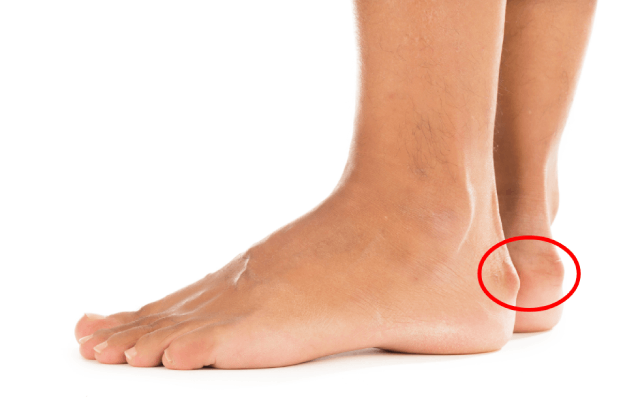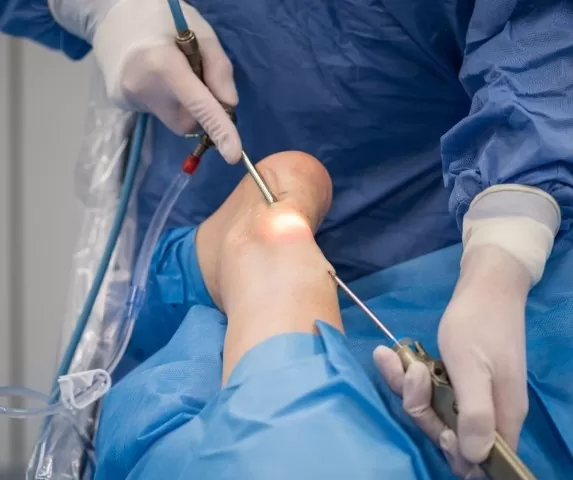Haglund’s deformity, also known as “pump bump,” is a bony enlargement that occurs on the back of the heel bone (calcaneus) where the Achilles tendon attaches. It is named after Patrick Haglund, the Swedish orthopedic surgeon who first described the condition in 1927.
The deformity typically develops due to repeated friction or pressure between the heel bone and the back of rigid or tight footwear, such as high heels or dress shoes. This constant irritation can cause inflammation and thickening of the soft tissues around the Achilles tendon and the formation of a bony prominence on the heel bone.
Common symptoms of Haglund’s deformity include:
- A noticeable bony bump on the back of the heel.
- Pain and tenderness in the area where the Achilles tendon attaches to the heel bone.
- Swelling and redness around the affected area.
- Pain that worsens with pressure, such as when wearing shoes or during physical activity.
- Limited range of motion in the ankle.
The diagnosis of Haglund’s deformity is typically made through a physical examination, medical history review, and imaging studies such as X-rays or ultrasound to evaluate the bony prominence and any associated soft tissue inflammation.
Treatment for Haglund’s deformity aims to relieve pain, reduce inflammation, and address any underlying biomechanical issues. Non-surgical treatment options may include:
- Rest and activity modification: Avoiding activities that exacerbate the symptoms and giving the affected foot time to heal.
- Ice therapy: Applying ice packs to the affected area to reduce pain and inflammation.
- Medications: Nonsteroidal anti-inflammatory drugs (NSAIDs) may be recommended to alleviate pain and inflammation.
- Heel pads or shoe modifications: Using heel pads or wearing shoes with open backs or soft, flexible heel counters to reduce pressure on the affected area.
- Physical therapy: Stretching and strengthening exercises for the calf muscles and Achilles tendon can help improve flexibility and reduce strain.
- Orthotic devices: Custom shoe inserts (orthotics) can help correct any underlying foot abnormalities or gait issues that contribute to the condition.
If conservative measures fail to provide relief, or if the deformity is severe, surgery may be considered. Surgical options may involve removing the bony prominence, debriding inflamed tissues, and addressing any structural abnormalities that contribute to the condition.
It’s important to consult with a healthcare professional, such as an orthopedic specialist or a podiatrist, for an accurate diagnosis and appropriate treatment plan tailored to your specific situation.



